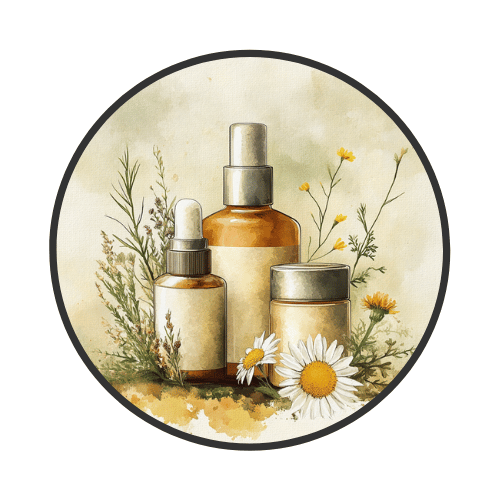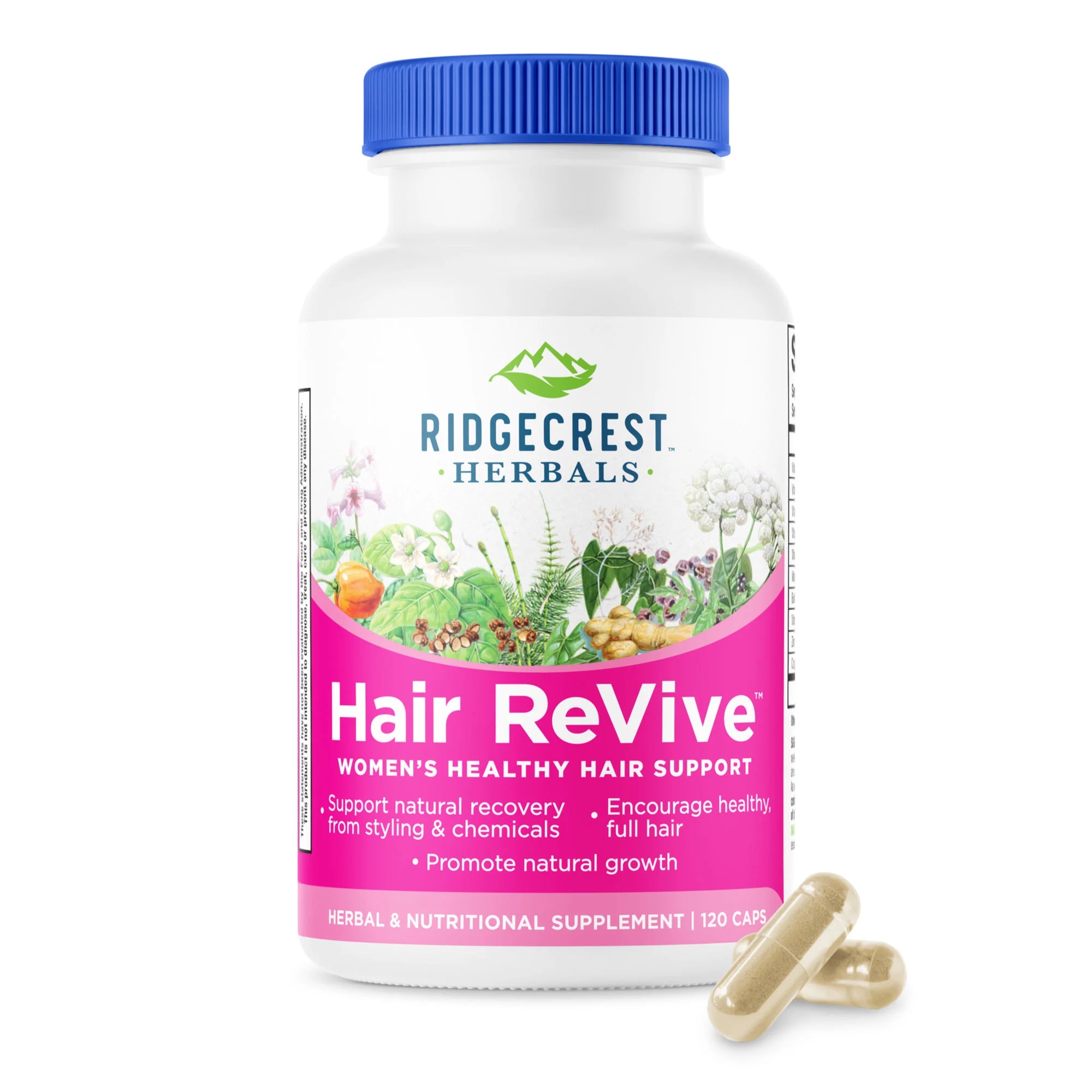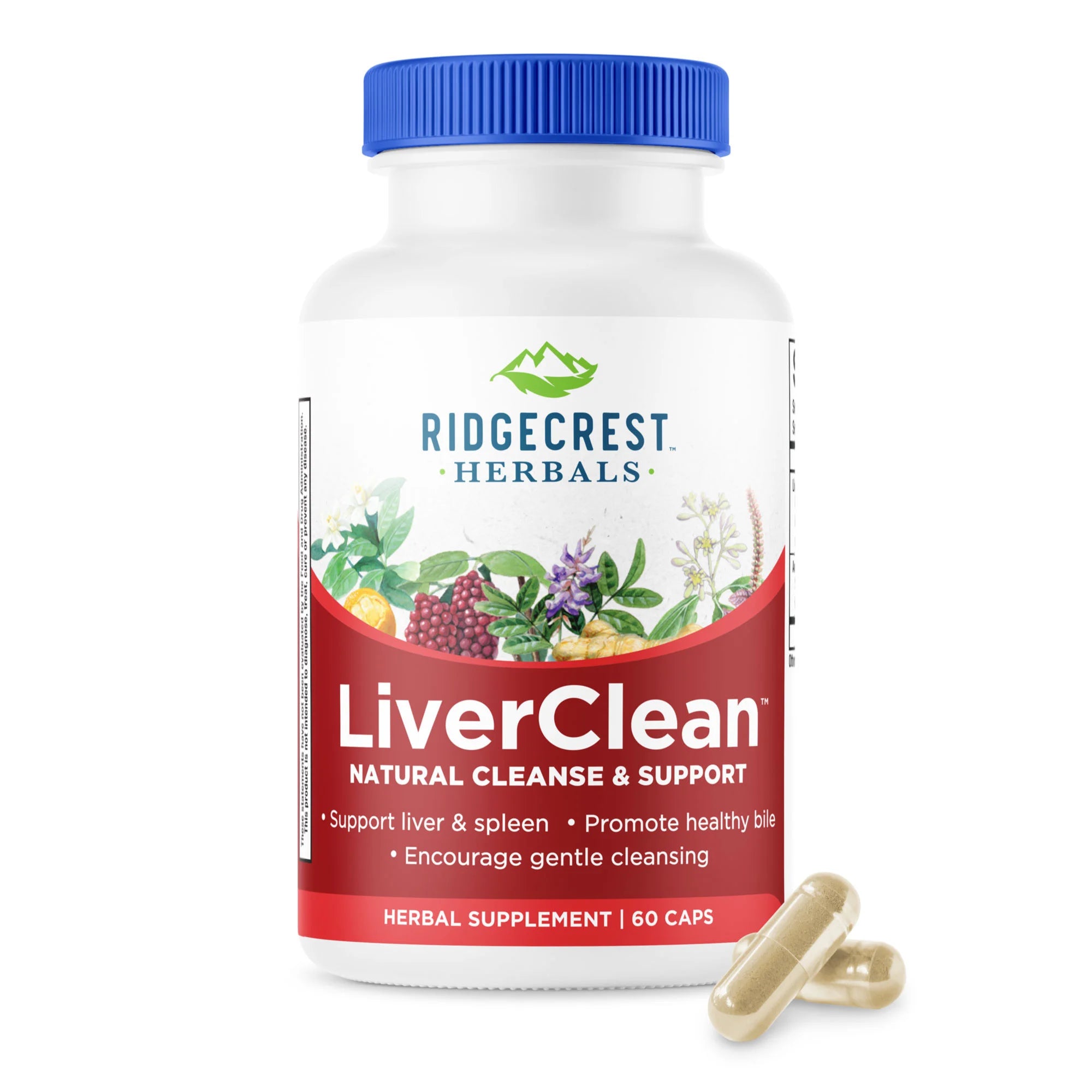Fun fact: OTC (over-the-counter, not prescription) skincare is a form of supplementary care, meaning skincare serums and other topical OTC products are considered supplements.
Assembling a routine can be daunting, and even once you’ve figured out your concerns and which products to use, knowing which order to use them in can be confusing and unclear. While I can’t tell you which products to use since I don’t know your skin concerns, I can tell you how to layer them effectively and why.
The best and most basic advice is to go from the thinnest to the thickest textured formulas. This means water-based formulas go first, and creams go last. Of course, we all know why we want to use a cleanser first. However, we also want to first use products with lower molecular density (for penetration) and a lower pH. We want to use our thickest and heaviest products last to lock in product and moisture.
A general order of layering:
- Cleanser (everyone needs this)
- Toners and water-based serums
- Non-water-based/oil-based products
- Creams and occlusives (everyone needs this)
- SPF (everyone needs this)
Now that we have the basics down, what do we do if there is more than one product that fits into one of these categories? Always choose the product that addresses your primary concern first. We also want always to use our lowest (acidic - 3.0-4.0) PH first and progress to our highest (most neutral - 5.0-7.0) PH last.
Many skincare brands, including The Ordinary (the most popular industry brand), will list the PH of the product on their product page. It is also possible to Google the pH of any skincare product. This is because we always want to end our routine with a return to our skin's natural PH balance after we have done the abrasive work of cleansing, unclogging, and exfoliating. We must continually return to a neutral PH to protect our moisture barrier.
Some Bonus Tips:
- Cleansers with actives (like salicylic acid, benzoyl peroxide, etc) really can’t carry enough of an active or sit on your skin for a long enough time to do their jobs. It’s best to pick a gentle cleanser with skin-identical ceramides or other soothing ingredients, to begin with an excellent, clean foundation to build our routine.
- Targeted toners and serums go next. If your actives (AHAs, BHAs, Retinoids, Niacinamide, Vitamin C, and others) are part of your routine, this is when you would use them.
Often, it is best to leave an active on for about 30 minutes before applying a moisturizer or oil so it can penetrate and neutralize. After my actives have done their work, I like to apply a humectant (like hyaluronic acid or snail mucin) and then a non-comedogenic (non-pore clogging) moisturizer to a damp face so it can lock in extra moisture. This ensures there is water to pull into the skin to help our cells repair themselves after being exposed to harsh actives.






Leave a comment
All comments are moderated before being published.
This site is protected by hCaptcha and the hCaptcha Privacy Policy and Terms of Service apply.